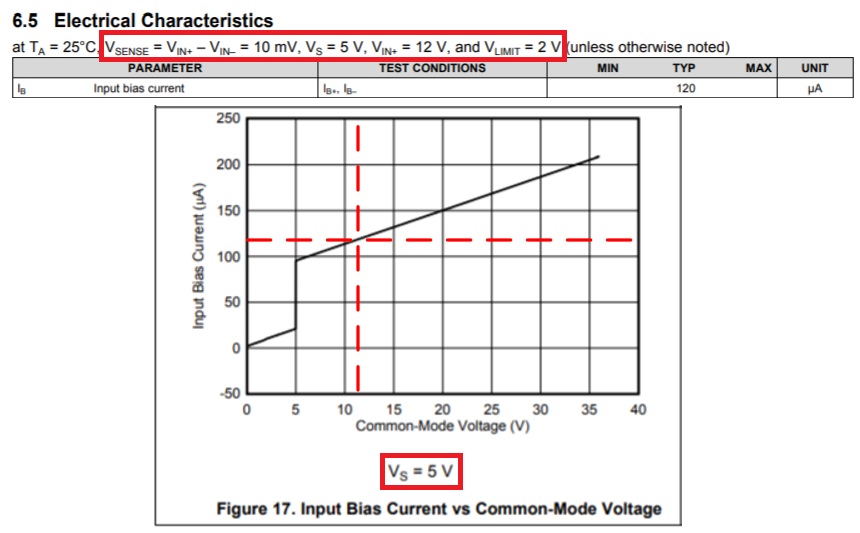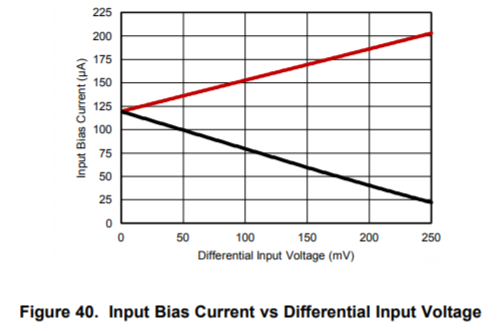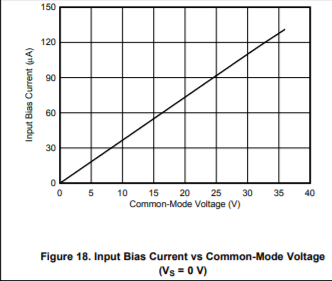Other Parts Discussed in Thread: INA301, , INA190
Hi Team
normally Input Bias Current for OPAMP has (IN + IP) / 2 which is average of two inputs current.
BTW,,, INA301 has TYP 120uA for Input Bias Current.
120uA is the average of two inputs current or just the absolute sum of two inputs current ?
I need that information to estimate leakage current at Power Off stage on board.





